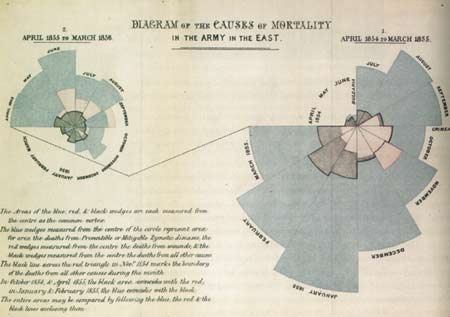I should be ashamed of myself! Another spacecraft image? After the one on Sunday? Well, yes.
A press release from the New Horizons team describes the spacecraft’s successful fly-by of Jupiter earlier today. It snapped a the montage of pictures above on its quick pass through the system. Of course, the camera was designed to work out near Pluto—where the Sun’s illumination is some 60 times dimmer than near Jupiter. As described in the picture caption: “LORRI [Long Range Reconnaissance Imager] took the images as the Sun was about to set on the Little Red Spot. The LORRI camera was designed to look at Pluto, where sunlight is much fainter than it is at Jupiter, so the images would have been overexposed if LORRI had looked at the storm when it was illuminated by the noonday Sun.”
I think it’s great to see black-and-white images released, but I wonder what people think. It’s pretty spiffy to take a couple snapshots en route to your final destination, right? (“We were on our way to New Orleans, but we stopped off in Biolxi and took a couple pictures.”) In context, it seems appealing and engaging.
This got me to thinking about gravity assists, too. I’m keen to find an animation that illustrates the concept well, particularly one that show the spacecraft in both the solar system frame of reference and the assisting planet’s frame of reference. An animation from ESA comes close, but doesn’t quite get the details right.










